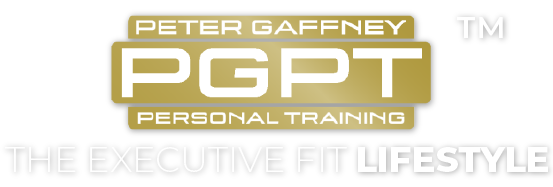[cs_content][cs_section parallax=”false” style=”margin: 0px;padding: 45px 0px;”][cs_row inner_container=”true” marginless_columns=”false” style=”margin: 0px auto;padding: 0px;”][cs_column fade=”false” fade_animation=”in” fade_animation_offset=”45px” fade_duration=”750″ type=”1/1″ style=”padding: 0px;”][cs_text]Go into any gym and you will find a rack of dumbbells, they are one of the oldest pieces of resistance training equipment around. I, myself bring an adjustable dumbbell with me to all of my personal training sessions. It is a must have piece of kit. Unfortunately, with all the modern gym equipment and machinery now available, a lot of people have forgotten to include dumbbell exercises into their exercise programme.
There are many benefits to using dumbbells, here are my top four:
R.O.M.
They allow for a greater range of motion compared to using a barbell. Take the bench press as an example, when you lower the bar towards your chest you are restricted, as the bar cannot get lower than your chest. When using a dumbbell, you have the freedom to take it down lower allowing for a deeper stretch of the muscle and therefore better for muscle hypertrophy.
Irons out imbalances
The trouble with using a resistance machine or a barbell is there is no way of telling if you are predominantly using one side more than the other. Whereas with dumbbells you can work uni-laterally (each limb) ensuring you are pushing or pulling equal resistance on each side.
Stability
You can rotate dumbbells changing the motion of the movement, this can be useful for exercises such bicep curls or shoulder presses. Ultimately it is a good thing to train a muscle in more than one plane of movement and that’s what dumbbells allow you to do.
Improves strength
Because of the multiple plains of movements going on and the fact that you can’t rely on a stronger or weaker side dumbbell training will often improve your overall strength so that when you do come back to an exercise like a barbell you will generally find that you will be able to live a heavier weight!
So, what can we do with dumbbells? Here is a five exercise circuit that you can do at home using an adjustable dumbbell.
1 – Front squat – hold a dumbbell close to your chest making sure that you do not allow your weight to be pulled forward, keep your weight in the heels and soles of your feet. By performing a front squat you are putting more emphasis on the thighs. Perform 15-20 reps
2 – Shoulder press – stand in a split stance (one foot in front of the other) for better balance, keep core muscles tight and press the dumbbell up above your head, lower down slowly back to shoulder level, perform 10-12 reps on each arm.[/cs_text][/cs_column][/cs_row][cs_row inner_container=”true” marginless_columns=”false” style=”margin: 0px auto;padding: 0px;”][cs_column fade=”false” fade_animation=”in” fade_animation_offset=”45px” fade_duration=”750″ type=”1/1″ style=”padding: 0px;”][x_image type=”none” src=”https://pgpt.co.uk/wp-content/uploads/2017/09/setofdumbellsonwhite.jpg” alt=”” link=”false” href=”#” title=”” target=”” info=”none” info_place=”top” info_trigger=”hover” info_content=””][/cs_column][/cs_row][cs_row inner_container=”true” marginless_columns=”false” style=”margin: 0px auto;padding: 0px;”][cs_column fade=”false” fade_animation=”in” fade_animation_offset=”45px” fade_duration=”750″ type=”1/1″ style=”padding: 0px;”][cs_text]3- Lunges – as with the squat, hold the dumbbell up against your chest with both hands, step forwards, bending the back knee towards the floor. Alternate legs until you have completed 20 reps in total. Tip: Take a longer stride to incorporate more glute activation.
4- Single arm row – rest one hand on a table or step, with the opposite leg take a big step back into a split stance and lean forward keeping a neutral spine, row (lift) the dumbbell up keeping elbow close to the body and squeezing shoulder blades together at the top. Aim for 12-15 reps on each arm
5- Single arm chest press – laying on floor, hold the dumbbell at your chest, press it up central to your chest and squeeze pecs at the top before slowly lowering it down (this exercise is more effective done on a bench for greater range of movement).
Of course, there are times where a barbell or machine may be preferred to a dumbbell, for example squatting with a maximum load may be easier to do with a barbell, as you may find it hard to carry a heavy load in your hands and could find that your arms tire or grip gives up before your legs do.
Dumbbells are a staple part of most athletes training programmes for a reason. They get results! And have many benefits to both physique development and performance. Next time you see a dumbbell don’t shy away from it. Learn how you can incorporate into your workout and give my work out a quick blitz!
[/cs_text][/cs_column][/cs_row][/cs_section][/cs_content]


